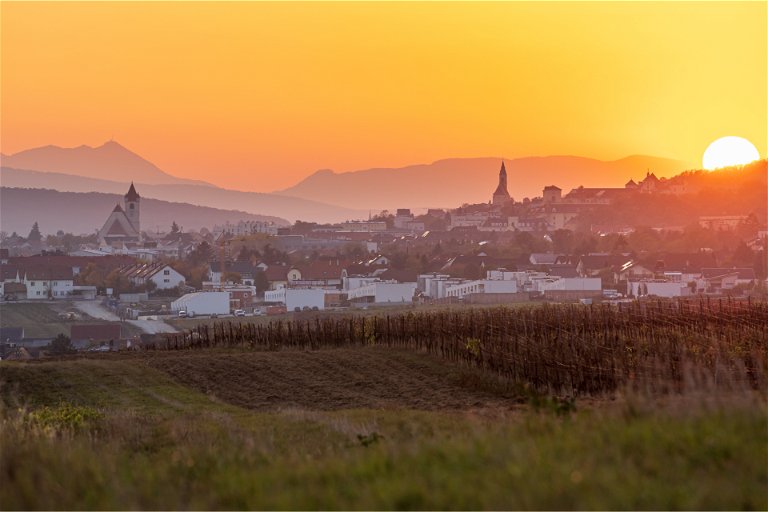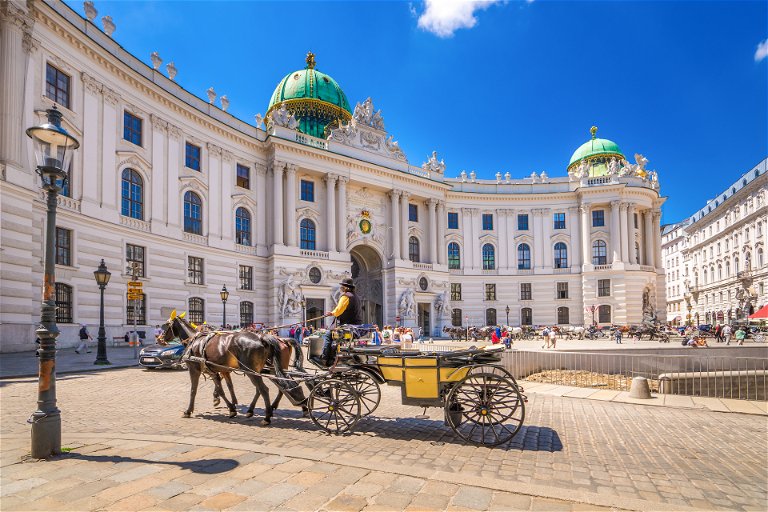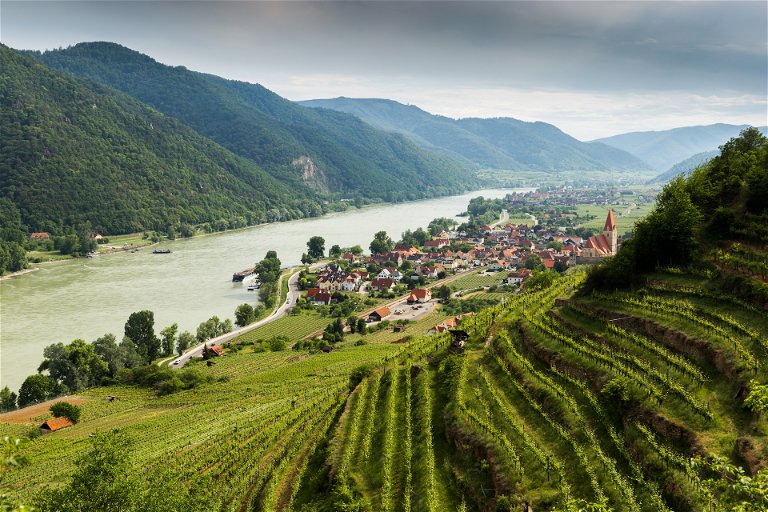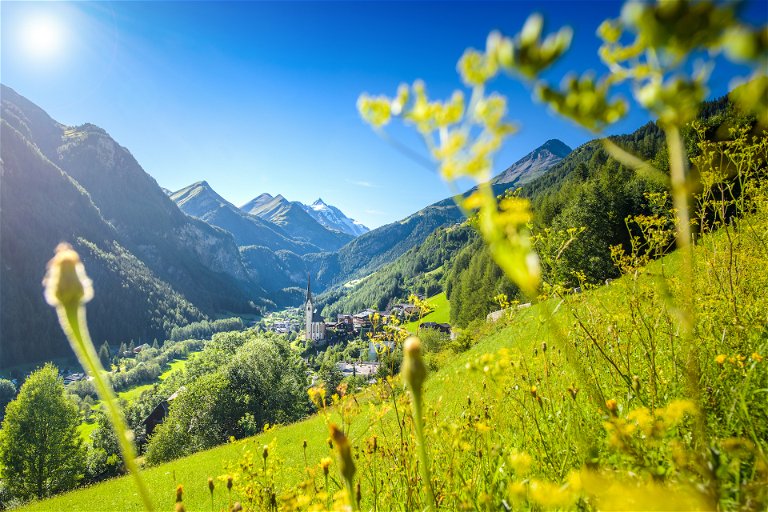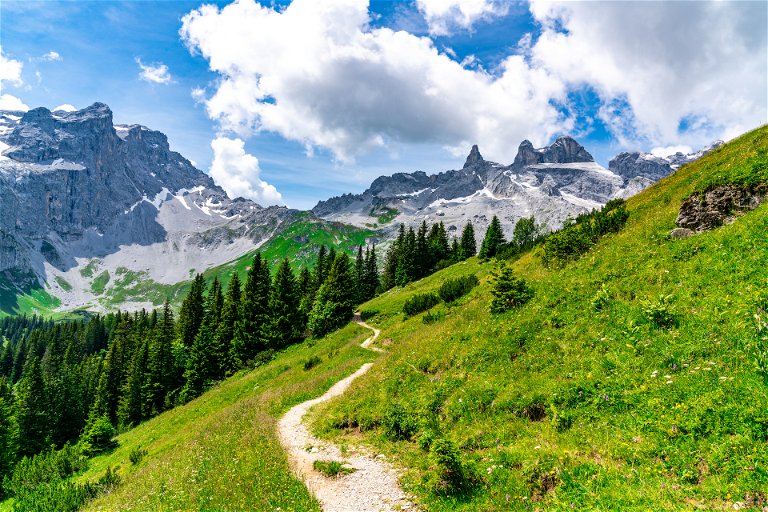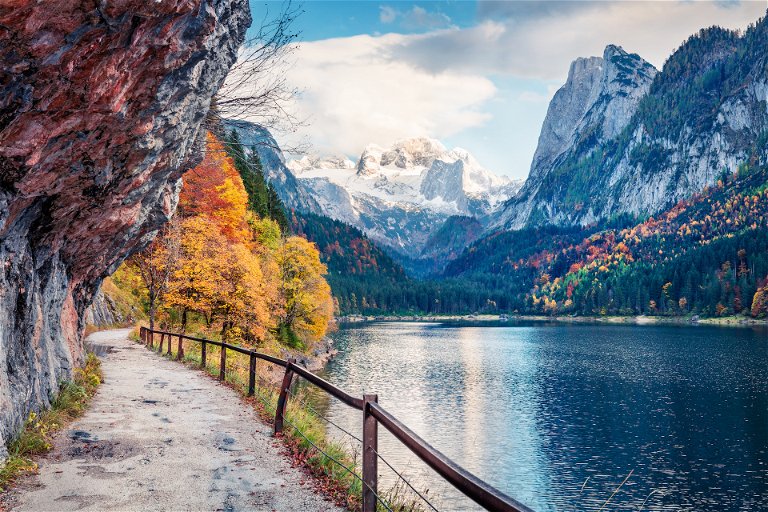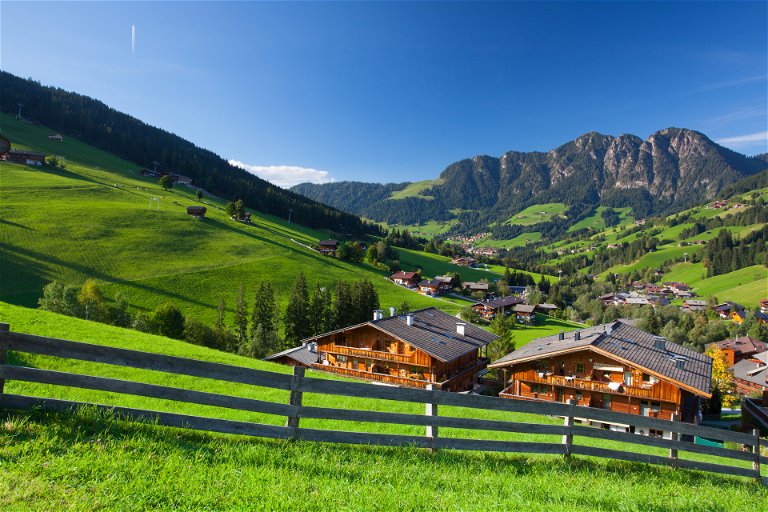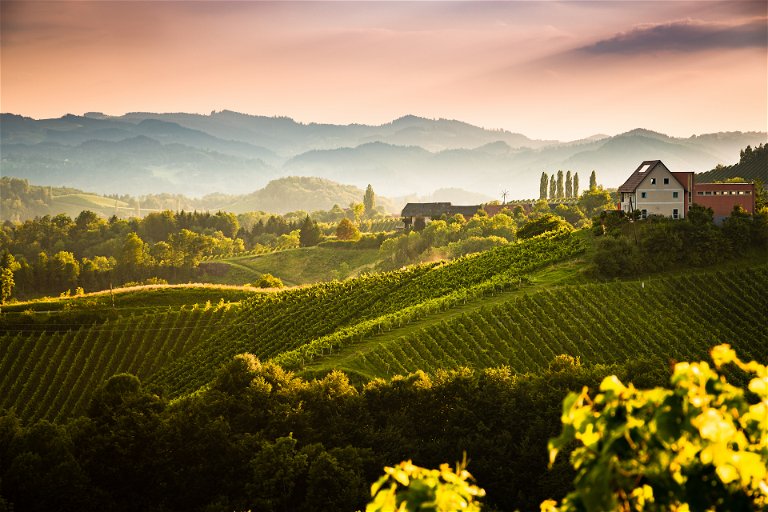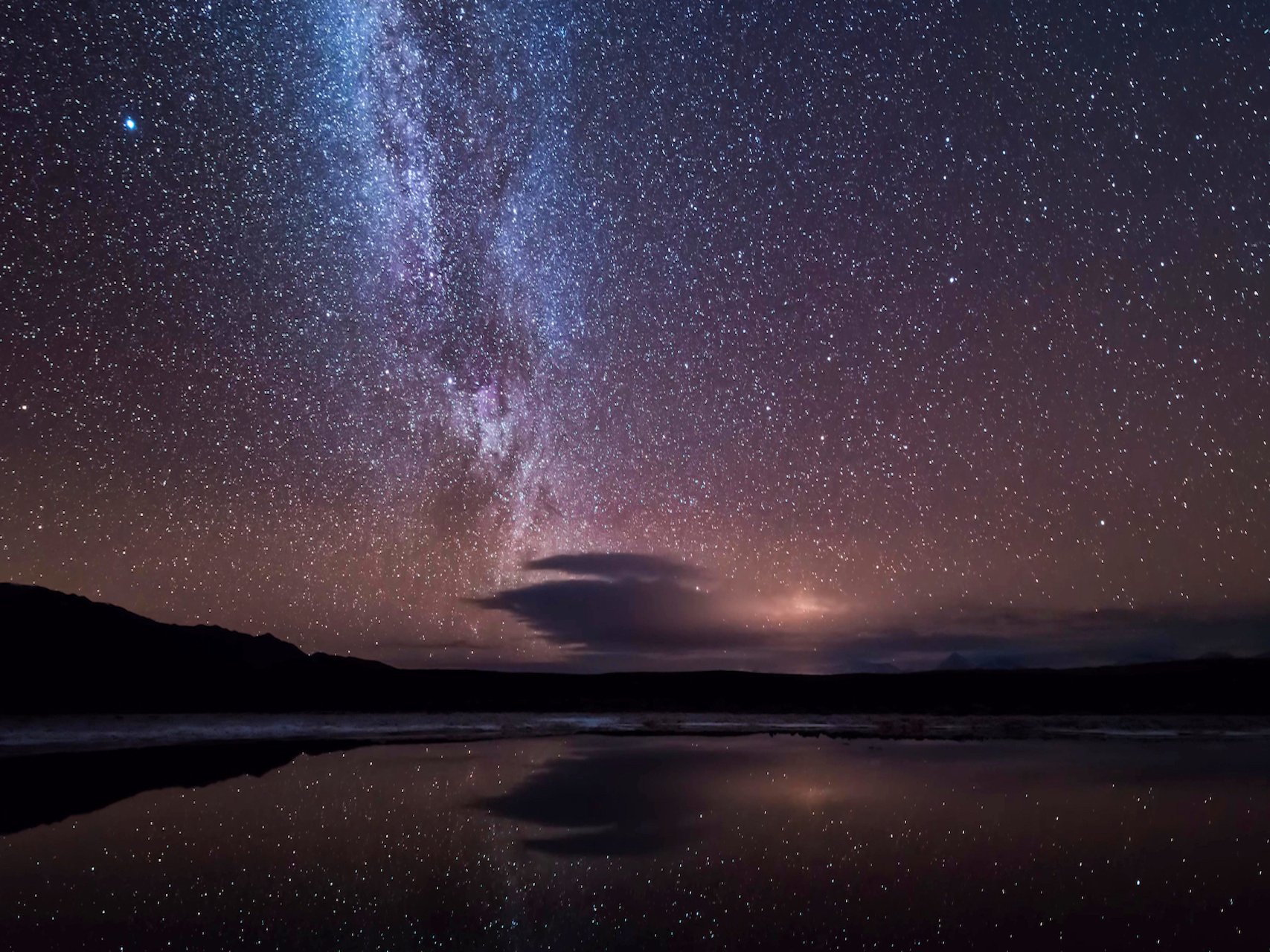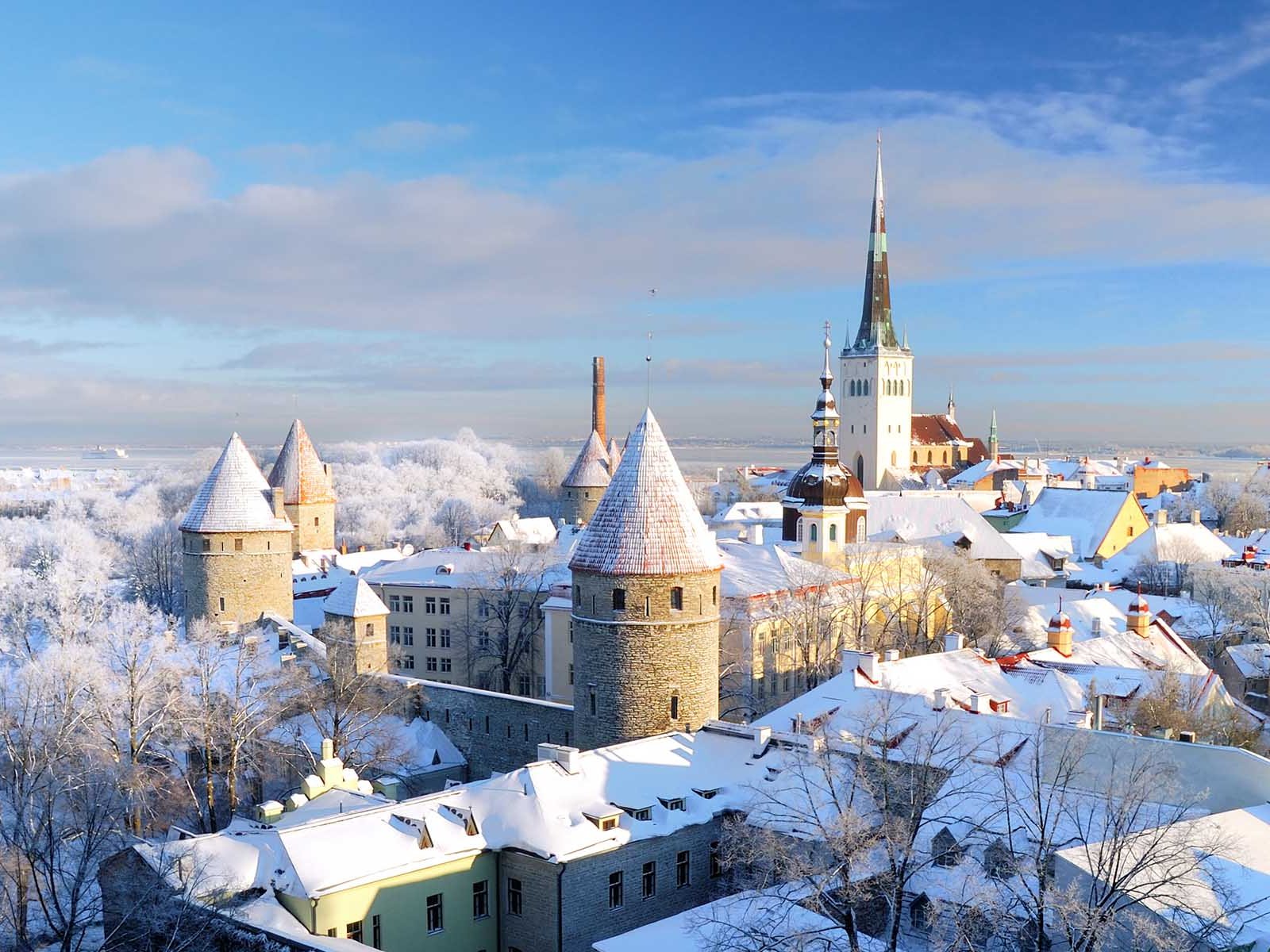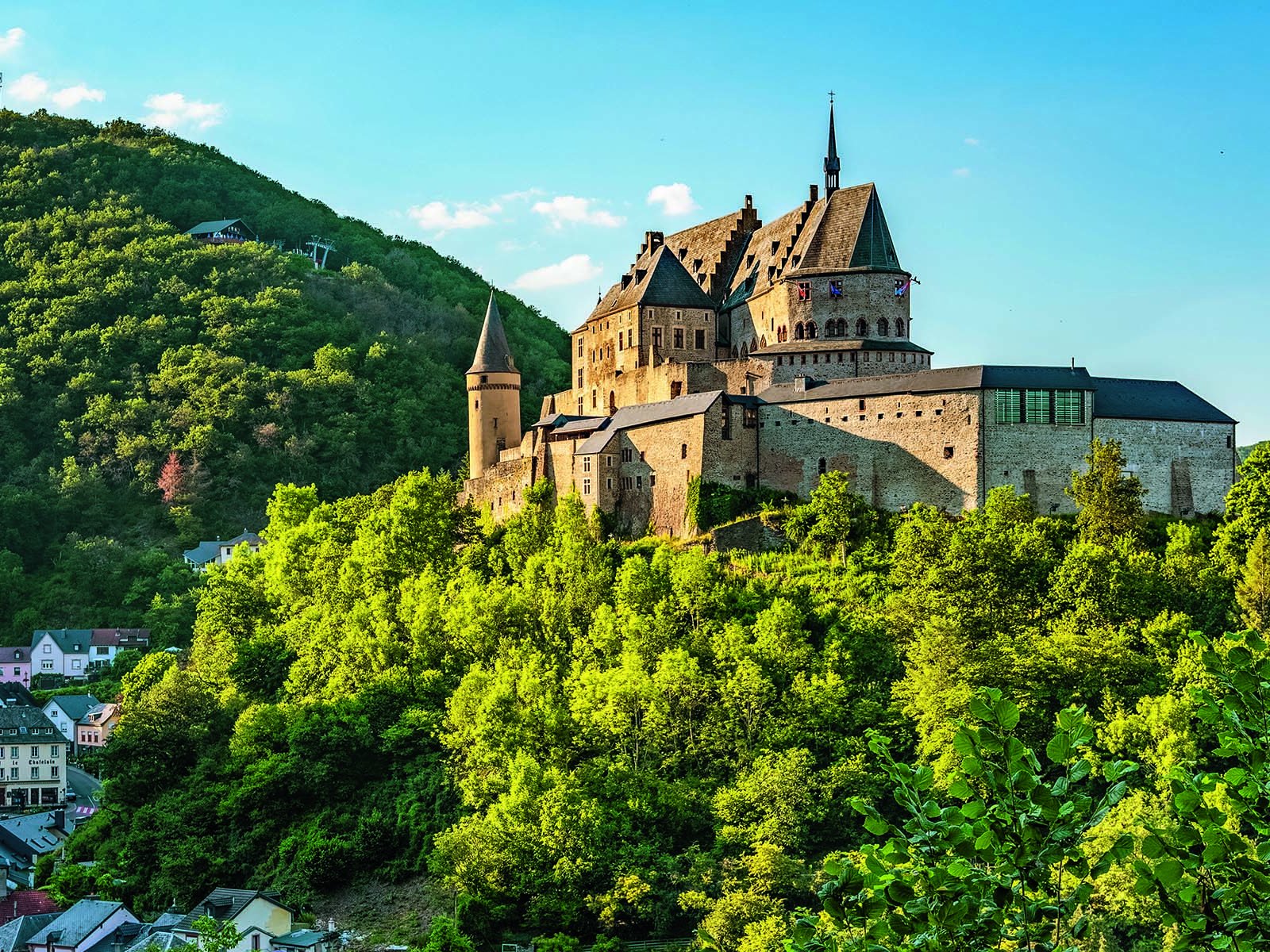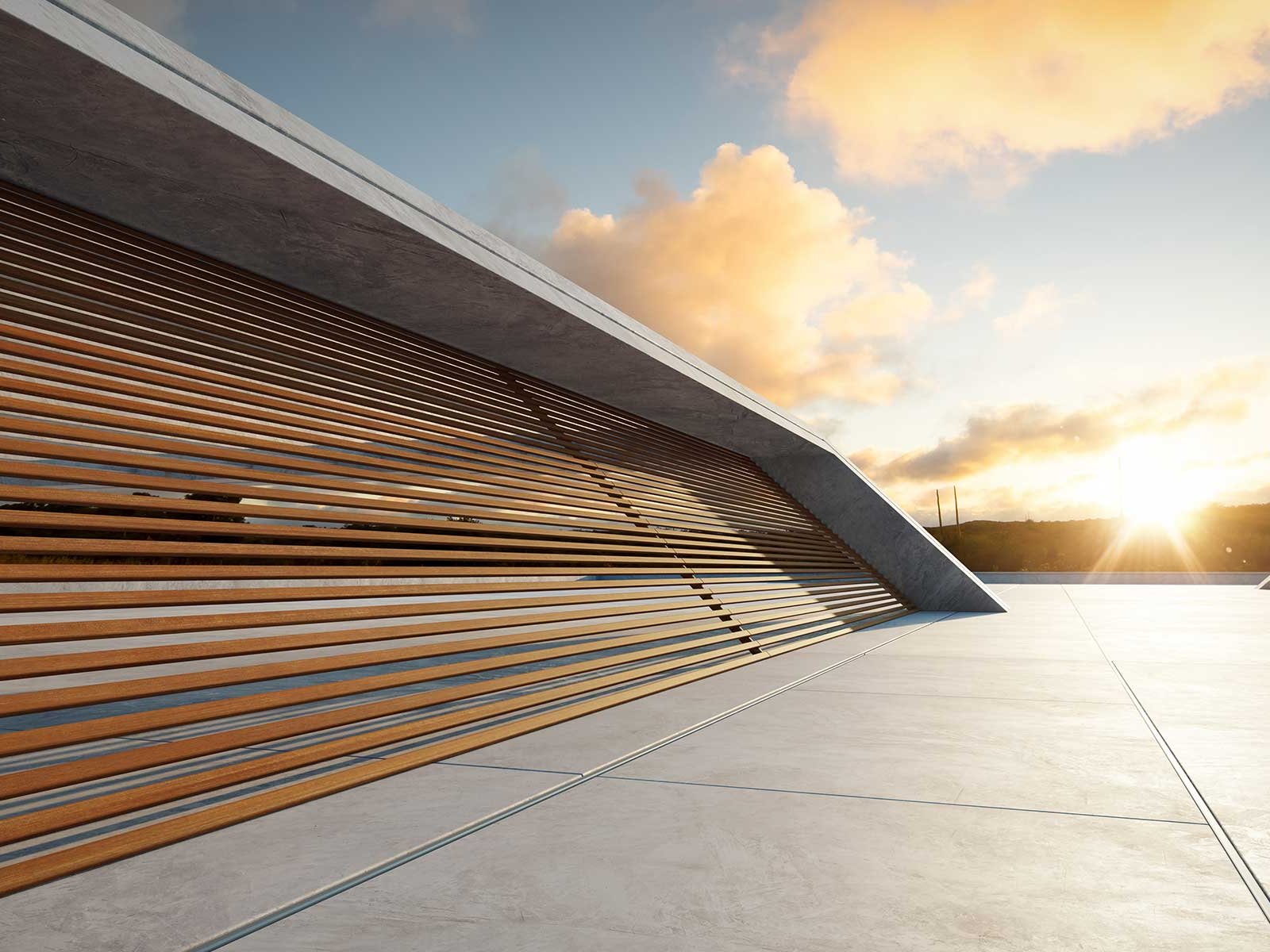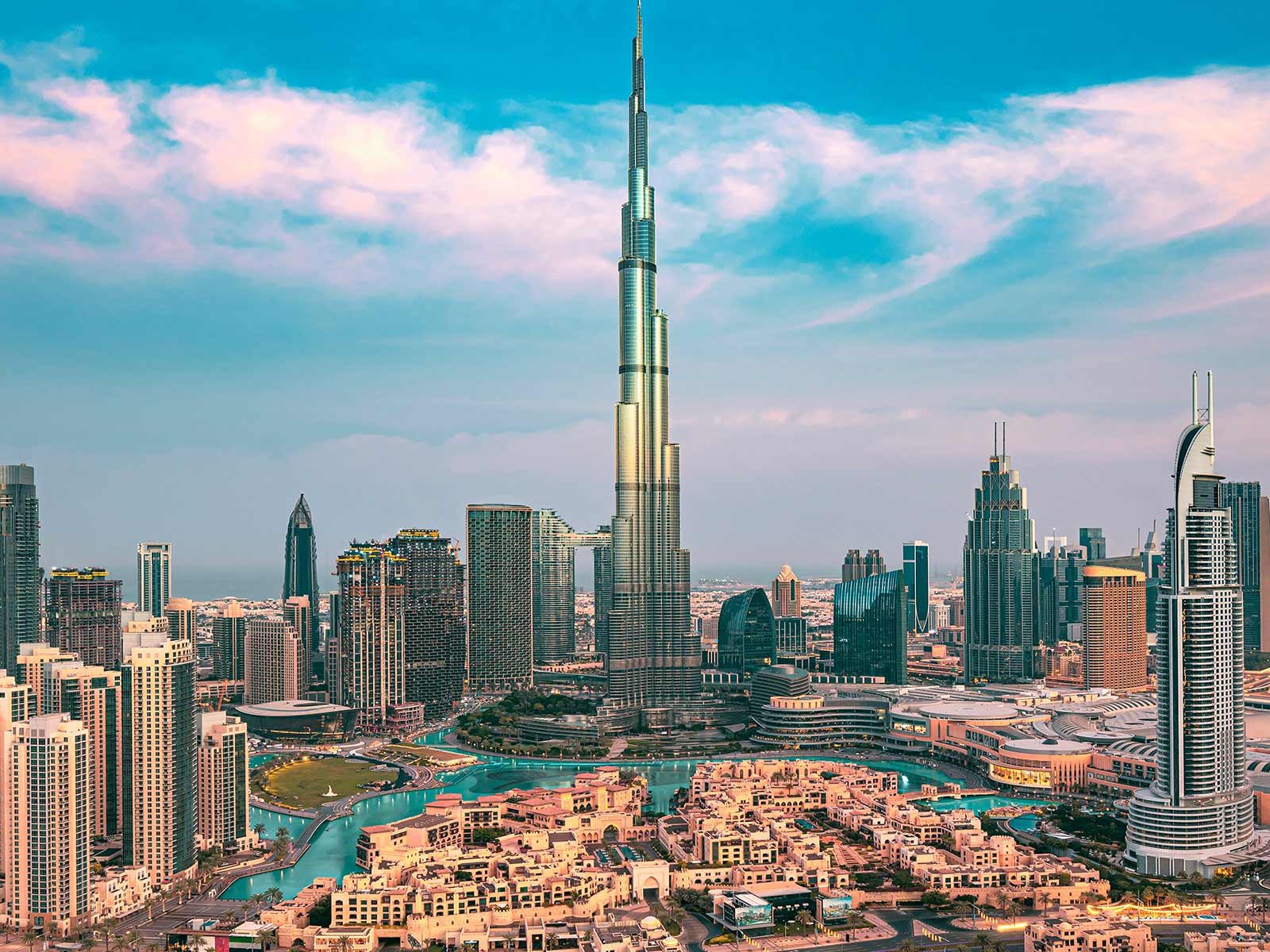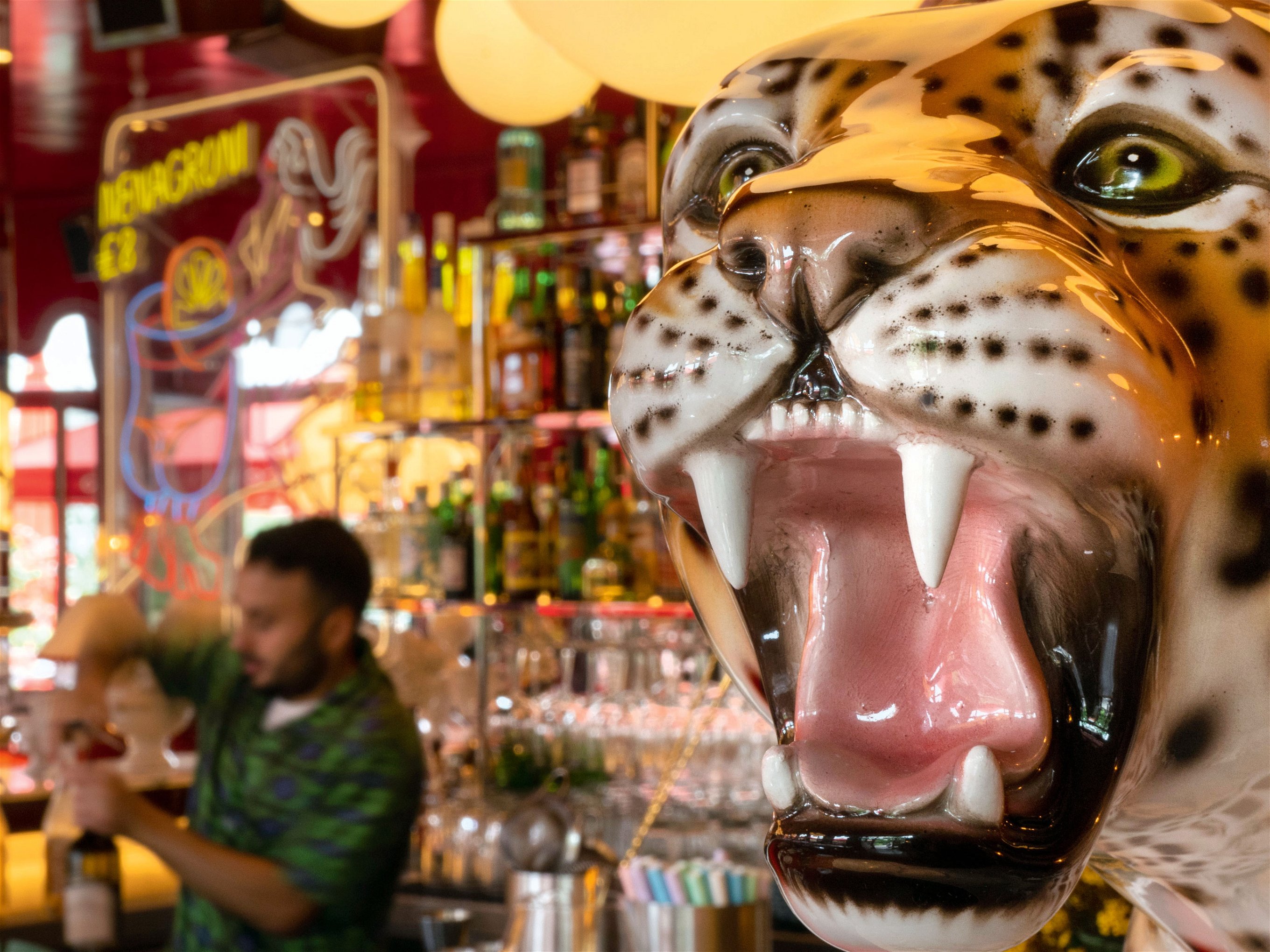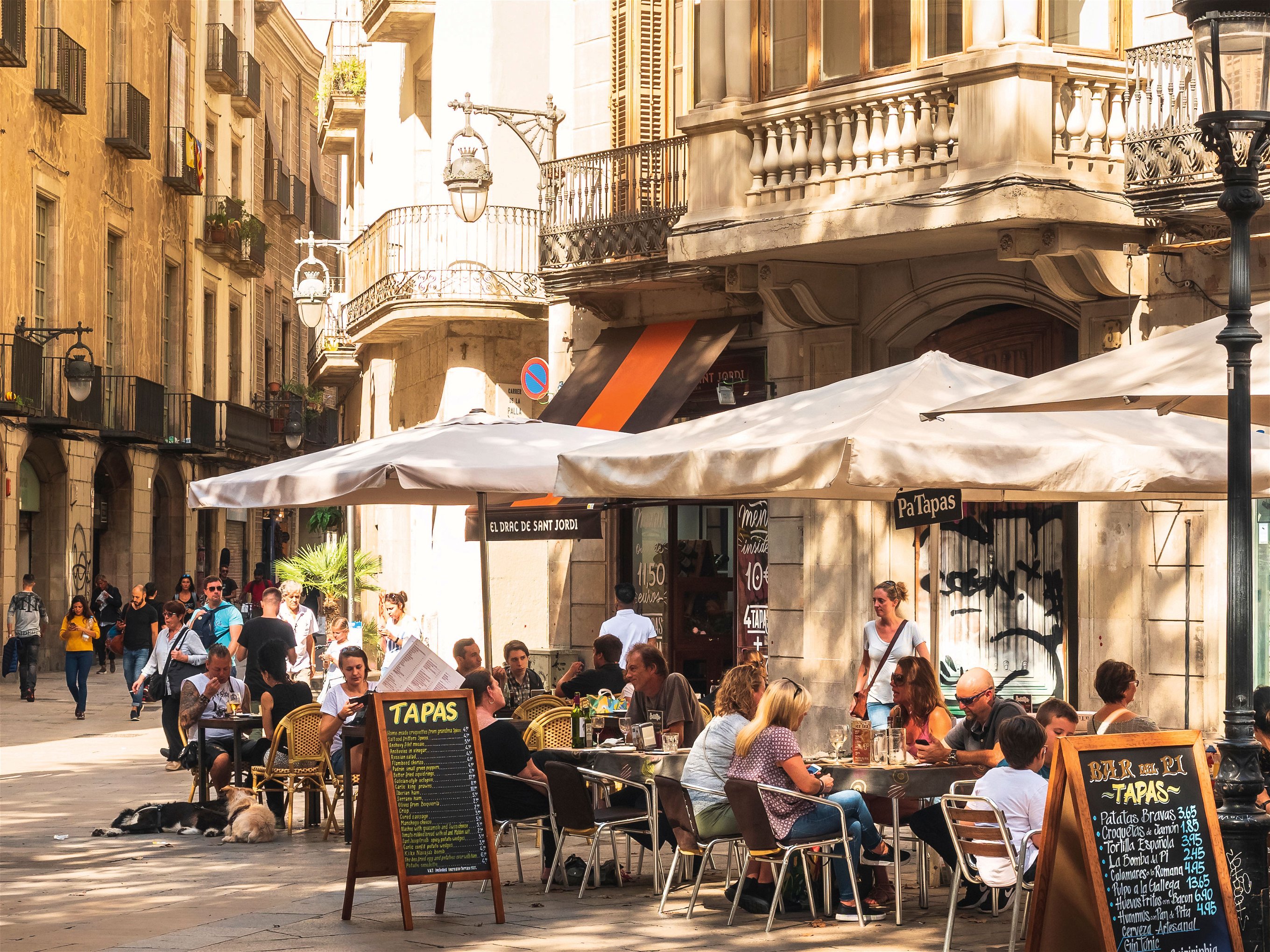The Top Nine Things to do around Austria
Falstaff is delighted to show off Austria‘s must-visit destinations from Carinthia to Vienna.
1. SALZBURG
In Mozart´s footsteps
Wolfgang Amadeus Mozart is one of the most famous Austrians. His operas, symphonies and concerts still fill concert halls around the world. In his home country, however, there is no way of escaping him. Wolfgang Amadeus Mozart is something of a patron saint in the city of Salzburg. This is where the composer was born in 1756 and where he wrote some of his famous works – at an age when most children go to kindergarten.
It is here that the annual summer and Easter festivals are celebrated for which Mozart was, and always will be, the inspiration. It is here that small chocolate confections bearing his name are produced: Mozartkugeln are made from nougat, almond and pistachio marzipan coated in chocolate. Salzburg is Mozart’s city – even if the cityscape is dominated by an imposing fortress enthroned on a rock in the town centre, surrounded by narrow streets, romantic squares and a dominant cathedral complex.
All the art and architecture shouldn't mean that you forget about worldly pleasures: do not leave without indulging in Salzburg’s very own dessert speciality: a fluffy, sweet soufflé of egg, sugar and flour called Salzburger Nockerln.
2. VIENNA
Imperial Splendour
What Buckingham Palace is to London and Versailles is to Paris, Schönbrunn is to Vienna: this palace is the epitome of the imperial splendour that has long characterised Austria. Back when the Habsburgs ruled the Austro-Hungarian Empire – and thus half of Europe – the palace was built as the emperor’s summer residence in the 18th century. Today it is one of the most popular and visited sights in Vienna, and rightly so.
A visit to the glamorous interiors is like a journey back in time. The palace has a total of 1,441 rooms, some of which are used as a museum. What sets this palace apart, however, is that you can actually stay there: yes, guests can book a suite – with a four-poster bed and a perfect view of the magnificent palace gardens: both park and palace have been a UNESCO World Heritage Site since 1996.
The best view is from the Gloriette – an arched pavilion – which stands on a hill behind the palace. Here the city lies at your feet. In the extensive park itself, however, another attraction awaits: the oldest zoo in the world that still is in existence.
3. BURGENLAND
A princely palace and Lake Neusiedl
It is in Burgenland that Austria becomes unfaithful to its reputation as a country of Alpine heights and snowy peaks. In its far east, the landscape is vast. Only gentle, vine-clad hills interrupt the plains. In this setting, not far from Lake Neusiedl, Europe’s second-largest endorheic lake and the national park with its wildlife reserves, lies Eisenstadt, the capital of Burgenland.
The centre of gravity of the small town is Esterházy Palace, once the residence of the Esterházy family. The magnificent building, partially converted from baroque to a classical style in the 19th century, was also home to the famous composer Joseph Haydn, who lived here for 40 years working as a composer and conductor.
The palace gardens are definitely worth a visit, laid out like an English park. The grounds seem massive, almost too big for the tranquil surroundings, which are best explored by bicycle.
4. STYRIA
Graz – full of surprises
Styria’s capital Graz has a lot to offer: the historic town centre with its castle Eggenberg, a UNESCO World Heritage site, contrasted by contemporary architecture like the Kunsthaus, an art gallery, which was dubbed “friendly alien“ by locals. Then there is one of the most beautiful Renaissance courtyards in Central Europe and a futuristic steel construction floating in the middle of the river: Graz is an architectural marvel tucked away in Mitteleuropa – it was deservedly the European Capital of Culture for a year.
The city is home to festivals for early music, electronic music, avant-garde art and film. Six universities and 50,000 students inject a vibrant, youthful feel. Then there is Schlossberg Mountain with the world’s highest indoor slide, spiralling down 64 metres in exhilarating curves. And where else would two passenger planes “park“ on the roof of a hotel?
5. UPPER AUSTRIA
Austria encapsulated
The Salzkammergut is a kind of Austrian treasure trove. Everything that makes Austria special is encapsulated here in a small area: mountains, lakes, culture, history and good food. Dreamy lakes like Wolfgangsee, Traunsee, Attersee or Hallstättersee are framed by rugged mountains. They are places steeped in history. In Hallstatt, for example, you can visit the oldest salt mine in the world, in Bad Ischl you can visit the Kaiservilla, an imperial villa, where Emperor Franz-Joseph and his wife Elisabeth, lovingly known as “Sisi“ once spent several summers.
At Lake Attersee you can visit the villa where painter Gustav Klimt stayed. The most spectacular view of the Salzkammergut, however, is from the Schafberg mountain, high above the village of Sankt Wolfgang. You ascend with one of the oldest and steepest cogwheel steam locomotives in the world – or with muscle power and hiking boots.
At any rate, 14 lakes lie glistening at your feet once you get to the top. Back in the valley, it is time to enjoy the hospitality and gastronomic specialities of the region. Dishes of local lake fish await in cosy restaurants, the magnificent views over the lake will only whet your appetite even more.
6. LOWER AUSTRIA
The blue Danube
The Danube is Austria’s largest river. It is a busy transport route through Central Europe and its hydroelectric power plants are important sources of energy. But despite all this utilitarianism, the Danube is full of charm – especially in the Wachau region. Here mountains slope steeply down to the river, most of them terraced and home to neat rows of vines – predominantly Riesling and Grüner Veltliner. But there is another famous Wachau crop: highly aromatic apricots which are distilled into beguiling eau-de-vie. Orchards, vineyards and historic villages take turns along the river.
The castle ruins at Dürnstein or the imposing Melk Abbey, built on hills above the river, stand guard like watchful sentinels. Indeed, the Wachau region is one of the most scenic stretches along the Danube. You can experience this at first hand on a cycle path that follows the river – or on a boat: enjoy the view and get off at the wine town of Krems.
7. CARINTHIA
Summer paradise in the alps
Deep in Austria’s south, the land of mountains becomes the land of lakes. Numerous lakes entice you to swim, wind-surf, sail, paddle-board or sunbathe, making this region a popular summer holiday destination. The undoubted highlight: Lake Wörthersee. The turquoise-blue colour of its water is a result of lime particles from alpine rivers, algae and the sun’s rays. Beach bars serving cocktails and refreshing drinks make it a perfect and stylish spot to relax.
To explore the surroundings and get the best view, we suggest you visit the small church on the peninsula of Maria Wörth – the best way to get there is on board the Thalia, a steamer built in 1909 that cruises the lake as an excursion boat.
The best view of the lake itself, however, is from a bird’s eye perspective. So up to the Pyramidenkogel peak, a mountain on the south shore of the lake. The lookout tower spiralling up into the sky is one hundred metres high and the highest wooden lookout tower in the world.
8. VORARLBERG
Between mountains and stage
Vorarlberg is Austria’s smallest federal state and home to the country’s biggest body of water: Lake Constance. Germany, Switzerland and Austria share the 273-km/170-mile shoreline which comes with plenty of special features. The River Rhine, for example, flows right through it: it enters the lake in Vorarlberg’s capital Bregenz and leaves it again in the far west.
Bregenz is famous for its annual open-air summer arts festival on an opera stage built into the lake. The spectacular productions and concerts attract renowned artists, musicians and a global audience. As is usual in Austria, visitors combine the pleasures of music with those of the table. The nearby Bregenzer Wald region is famous for its cheeses. Vorarlberg might be tiny, but it punches above its weight.
9. TYROL
Sparkling paradise
Eight hundred thousand crystals glisten and sparkle here: the contemporary art installation Kristallwolke, or crystal cloud, is a mystical masterpiece and one of the highlights of Swarovski’s Kristallwelten in Wattens near Innsbruck.
Here, artists from all over the world have transformed a park with quirky installations and works of art into a fantasy landscape: a giant with a water-spouting face made of grass guards the entrance to its interior, where so-called ’chambers of wonder’ are located: exhibition spaces hosting international artworks fashioned from Swarovski crystals.
The presentation is impressive, imaginative and unique. At the centre: the small, typical glass stones, cut into sparkling crystals. The polishing and cutting machines were developed by Daniel Swarovski more than a hundred years ago. Today, the flawless, cut crystals are coveted all over the world: they grace catwalk fashion and are made into jewellery, used in interior design and objects d‘art. They simply make life sparkle.
